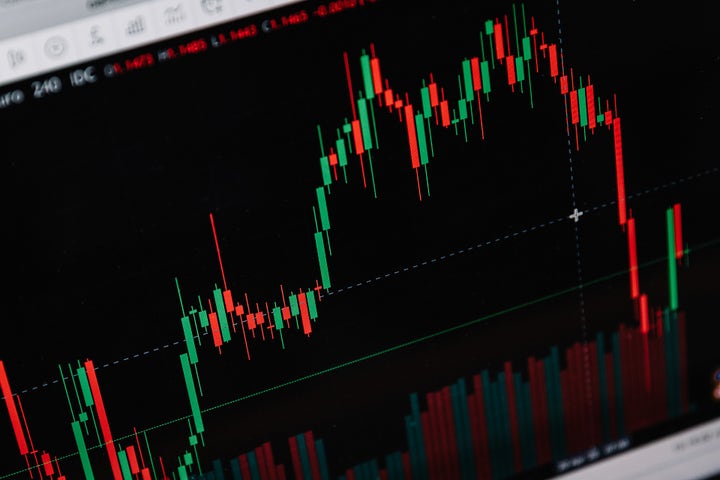Behind the Scenes of PayPal Holdings's Latest Options Trends CME Group, Jim Cramer, Benzinga Pro, S&P 500 ETFs, PayPal Holdings, Benzinga Research by https://www.benzinga.com/

AI Insights:
Simple Explanation:
This article is about a company called PayPal Holdings, which lets people send money online. Some big investors are buying and selling options, which are like bets on the future value of PayPal's stock. They think the price of PayPal's stock might go up or down soon. The most popular prices they are betting on are between $50 and $90 per share. Read from source...
Critical Perspective:
1. The author of the article seems to have a positive bias towards PayPal Holdings and is trying to manipulate the readers into believing that there is a significant movement in PYPL based on unusual options activities. However, this claim lacks sufficient evidence and logical reasoning to support it.
2. The article uses vague terms such as "extraordinary" and "heavyweight investors" without defining them or providing any context for the readers to understand their importance or relevance. This creates confusion and ambiguity in the reader's mind, making it difficult to trust the credibility of the source.
3. The article also fails to mention any potential reasons behind these options activities, such as upcoming events, earnings reports, or changes in market conditions that could affect PayPal Holdings' performance. By omitting this information, the author leaves out a crucial aspect of the story and makes it seem like the options activities are random and unrelated to the company's fundamentals.
4. The article does not provide any concrete examples or data to back up its claims about the projected price targets or the volume and open interest in PayPal Holdings' options contracts. Instead, it relies on vague statements such as "the big players have been eyeing a price window from $50.0 to $90.0" without giving any indication of how these numbers were derived or what they mean for the company's future performance.
5. The article also suffers from emotional language and tone, which can influence the reader's perception of PayPal Holdings and its options activities. For example, the author uses phrases such as "this level of activity is out of the ordinary" and "something big is about to happen" to create a sense of urgency and excitement among the readers. This can lead to irrational decision-making based on fear or greed rather than logical analysis.
6. The article does not provide any balance or contrasting opinions, which could help the reader gain a more comprehensive understanding of PayPal Holdings' options activities and their implications for investors. By presenting only one perspective, the author limits the scope of the discussion and potentially biases the reader towards a specific viewpoint.
Investment Analysis:
We are not financial advisors. It's always essential for you to consult with a financial advisor and do your research before making any decisions about investments.
The article provides an overview of the latest options trends for PayPal Holdings (PYPL), a leading digital payment platform. The company has been experiencing significant growth and innovation, which has attracted the attention of institutional and retail investors alike. Some of the key takeaways from the article are:
1. PYPL options activity is unusual and often indicative of upcoming events or changes in the company's performance. This could be a signal for potential investors to keep an eye on the stock and its options market.
2. The overall sentiment among institutional investors is mixed, with some being bullish and others bearish on PYPL's future prospects. This reflects the uncertainty and volatility in the digital payment sector, which may affect the company's valuation and growth potential.
3. The projected price targets for PYPL options range from $50.0 to $90.0, indicating a wide margin of possible outcomes for the stock. This suggests that investors should be prepared for both upside and downside risks when trading PYPL options or stock.
4. The volume and open interest in PYPL options are relatively high, which means that there is significant liquidity and demand for these contracts. However, this also implies that the market may be prone to price manipulation and volatility spikes, especially during periods of high activity or news events.
5. The article does not provide any specific investment recommendations or strategies for trading PYPL options or stock. Therefore, potential investors should conduct their own due diligence and analysis before making any decisions based on this information.